Like in many cultures around the world, New Year in Japan is one of the most celebrated and happiest festive times of the year. A time for families to gather, visit shrines and temples to make New Year’s wishes and spend time in a peaceful atmosphere with the traditional feast called Osechi Ryori― an exquisitely prepared collection of dishes that are shared among family members or friends who have gathered for New Year’s Day. But what is the story behind Osechi Ryori and what is the meaning behind each of these charming and colorful dishes? Is there any difference between Osechi cuisine in the Kansai region and other areas of Japan? If you are familiar with these things, you will be fully ready to enjoy the New Year in Japan.
Contents
- 01. The Story Behind Osechi Ryori
- 02. Particular Osechi Dishes And Their Stories
- 03. Osechi You Can Enjoy In Kansai Region
- 04. Tips To Fully Enjoy New Year’s Holiday With Osechi
The Story Behind Osechi Ryori
Osechi Ryori is a traditional festive food enjoyed during the New Year’s holiday in Japan. It includes a set of beautifully decorated small dishes, placed in specially designed boxes called jubako, which are usually three to five levels high. The tradition goes back to the Heian period (794-1185), when Osechi was mainly served as an offering to New Years’ gods. Even now, it is believed to bring good luck, safety and happiness to all homes. Apart from being super delicious, varied, and lots of fun, it lasts for several days, so nobody has to work in the kitchen during the New Year’s holiday.
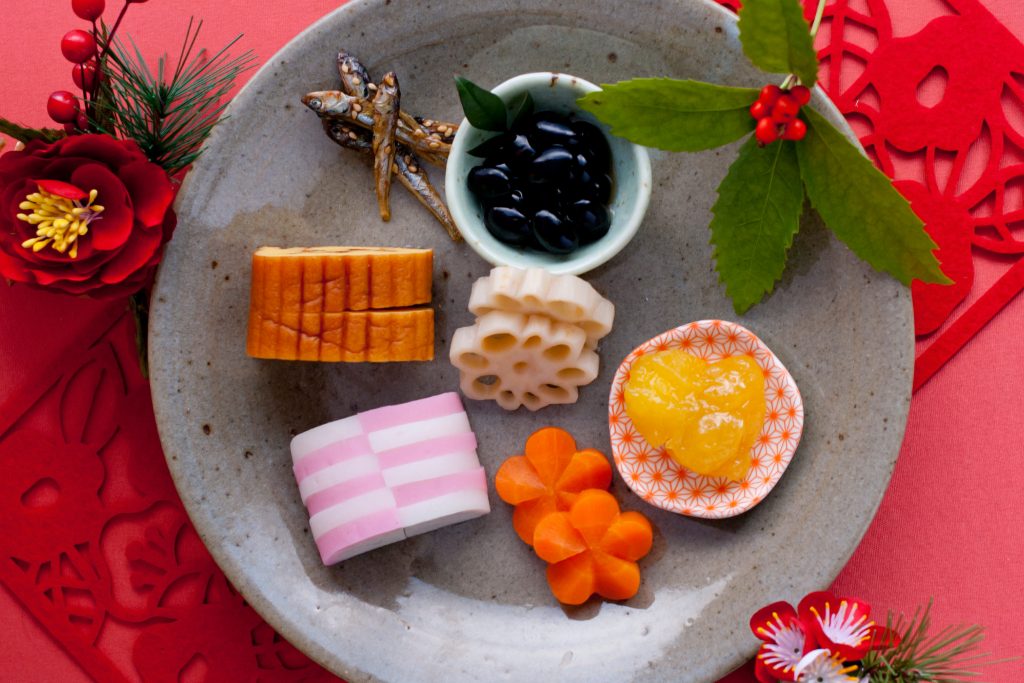
Osechi traditionally features several types of dishes, each of which is divided into four jubako levels. The first jubako-level has typical “festive appetizers” such as black beans or herring roe, and the second jubako-level has “hors d’oeuvre appetizers,” which are basically sweet dishes such as sweet chestnut and vinegared dishes such as red carrot and white radish salad. “Roasted dishes” such as roasted shrimps or teriyaki yellowtail may be found on the third jubako-level and “boiled dishes” such as boiled carrots, lotus roots, bamboo shoots or mushrooms on the fourth jubako-level.
Rich choices of traditional delicacies have been enjoyed since a long time ago. Only recently, it has been enriched with Western or Chinese style dishes such as cream cheese or salted jellyfish, whatever might fit with each New Year’s celebration. So let’s look at some of the typical osechi dishes and their symbolic meanings.
Particular Osechi Dishes and Their Stories
Kuromame for Protection & Health
Kuromame, or black beans, symbolize good health, strength and longevity. Kuro means black and is a color that protects against any kind of evil spirit. The word for beans, mame, represents strength and good health in study and work life for the coming year. These sweet, yummy beans, usually also elegantly covered with gold gilds, are must-try osechi items to make you feel safe and healthy.
Ebi for Long Life & Good Fortune
Ebi, or shrimp, is a typical part of Japanese cuisine, but this delicacy cannot be missed during the festive New Year. With its bright red color, it not only beautifully decorates the plate, but also, together with its kuromame colleagues, drives out all the evil spirits. Notice the long antennae beard and the bent waist? These symbolize a long and happy life for all.
Kazunoko for Fertility
The word kazunoko, or herring roe, is a combination of two words—kazu means numbers and ko means children. It symbolizes the gift of being blessed with many children in the coming years. Although you might not be planning to be a parent, kazunoko is definitely worth trying, with its unique bitter taste and korikori crunchy texture like nothing else.
Tai for Celebration & Auspiciousness
For its beautiful shape, bright colors and wonderful taste, tai, or sea bream, has to be present during the New Year’s celebration time. No wonder!! “To celebrate” in Japanese is called medetai and people often say “tai-medetai”—a nice word play, isn’t it? Enjoy this festive fish and be ready for a happy and auspicious coming year.
Kurikinton for Wealth & Fruitful Life
Kurikinton is basically mashed sweet potato with chestnuts—a yummy sweet osechi to balance all the other tastes. With its bright golden yellow color, it is a symbol of wealth and luck with money for a fruitful New Year. So if you are looking for success in business or just want to become super rich, be sure to get a piece quick, before someone takes it from you.
These are just a few examples of typical Osechi dishes. I recommend tasting as many as you can with a special wish for a healthy, prosperous and safe coming year.
Osechi Yyou Can Enjoy in Kansai Rregion
When you travel around Japan, you can find specific cuisine typical to each area and osechi ryori is no exception. The Kansai region, home to the ancient cities of Kyoto and Nara, metropolis of Osaka, and the port city of Kobe, has traditional preferences when it comes to the content and preparations of osechi ryori. For example, do you remember the herring roe, kazunoko? Kansai herring roe is usually seasoned with a light soy sauce and dashi, or soup stock, compared to a dark soy sauce and rather sweeter taste in the Kanto region (Greater Tokyo Area & surrounding prefectures). The content of festive appetizers is also slightly different. A trio of herring roe, black beans, and burdock root is standard in the Kansai region, while a trio of herring roe, black beans, and dried small sardines is more common in the Kanto region. In addition, the main fish served with osechi on New Year’s Day is traditionally buri, or yellowtail in Kansai, but in Kanto, aramakizake, or lightly salted salmon is usually served. You might also see tai, sea bream, decorated on festive New Year’s table in the Kansai region, but probably not in the region of Kanto.
Starting in the ancient Kansai area, why not take a tour around Japan and enjoy the variety of New Year’s joyful cuisine?
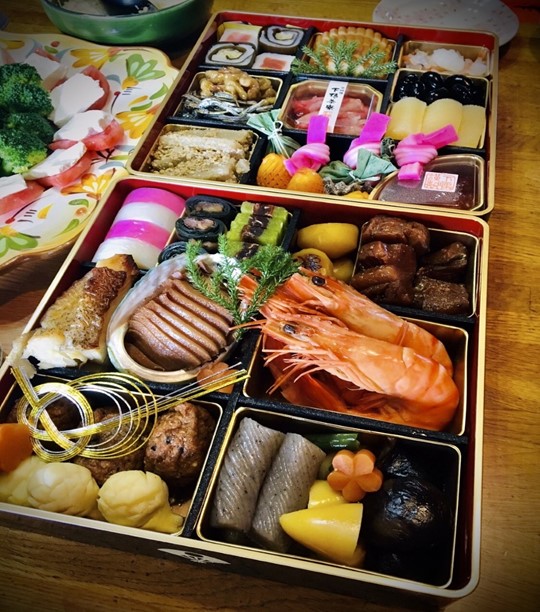
Tips to fully enjoy New Year’s holiday with Osechi
Make Your Own Osechi
You can definitely find various beautifully designed osechi in supermarkets, department stores and restaurants all around Japan, but taking a bit of time at the end of the year and creating your own one is a wonderful experience. Why not try to make it together at a friend’s house or check out some good recipes for your homemade osechi and have a great festive time even before the New Year starts? And don’t forget to add your own unique osechi dish too.
Enough Time for Osechi Quiz
Be sure to make enough time for enjoying osechi! Given how good the dish looks, it would be a pity for it to disappear quickly. It also usually takes a bit of time to even understand what some dishes are, let alone to guess their symbolic meanings (as we learnt above, each dish represents something). Don’t worry if you get completely lost, as even your Japanese friends might get confused too.
Don’t Forget Ozoni Too
Ozoni is a Japanese welcome soup that is usually enjoyed along with osechi during the New Year celebration. This warm delicacy usually contains mochi (rice cakes), miso (soybean paste), and other ingredients such as vegetables or seafood depending on the region. Mochi is traditionally enjoyed around Japan at the beginning of every year, favored for the mochimochi (chewy) texture, which also symbolizes a long and happy life. Make sure to give it a try!
Osechi’s Best Partner – Nihonshu
The New Year celebration wouldn’t be complete if nihonshu, Japanese sake, wasn’t on the festive table. There are not many days in a year you are allowed to enjoy this happy beverage from around lunchtime, so make the most of it. Not to mention, nihonshu perfectly matches with any piece of Japanese osechi cuisine. Traditionally, nihonshu is considered to be a sacred drink, so you can also enjoy it during the New Year shrine festivals. In this cold, celebratory season, taruzake (wooden cask sake) and atsukan (hot sake) are especially recommended. by locals
One of the Best Parts of the New Year In Japan
The New Year’s holiday in Japan might be rather quiet and peaceful compared to other cultures and with its very unique and unforgettable customs and tradition. Osechi is a big part of this celebration when family and friends gather and in this happy festive mood, a new year begins. Haven’t decided what to do this New Year? Check out our article on New Years Activities! You know what they say—how you meet the New Year is how you’ll spend it. So, let’s begin the year with beautiful osechi and enjoy the fun atmosphere.
Bon Appetit & Have a Wonderful New Year!!
- Address
- Darling Building 1F 1-7-12 , Sonezaki Shinchi, Kita-Ku Osaka, 530-0002
- Phone
- 06-6348-2777
- Hours
- Lunch: 11:30-14:30
Dinner: 17:30-22:00
- Holidays
- Sundays and public holidays
- Access
- 2-minute walk from Kitashinchi Station (JR)
- URL
- https://www.kitashinchiyuki.com/foreign_en.html


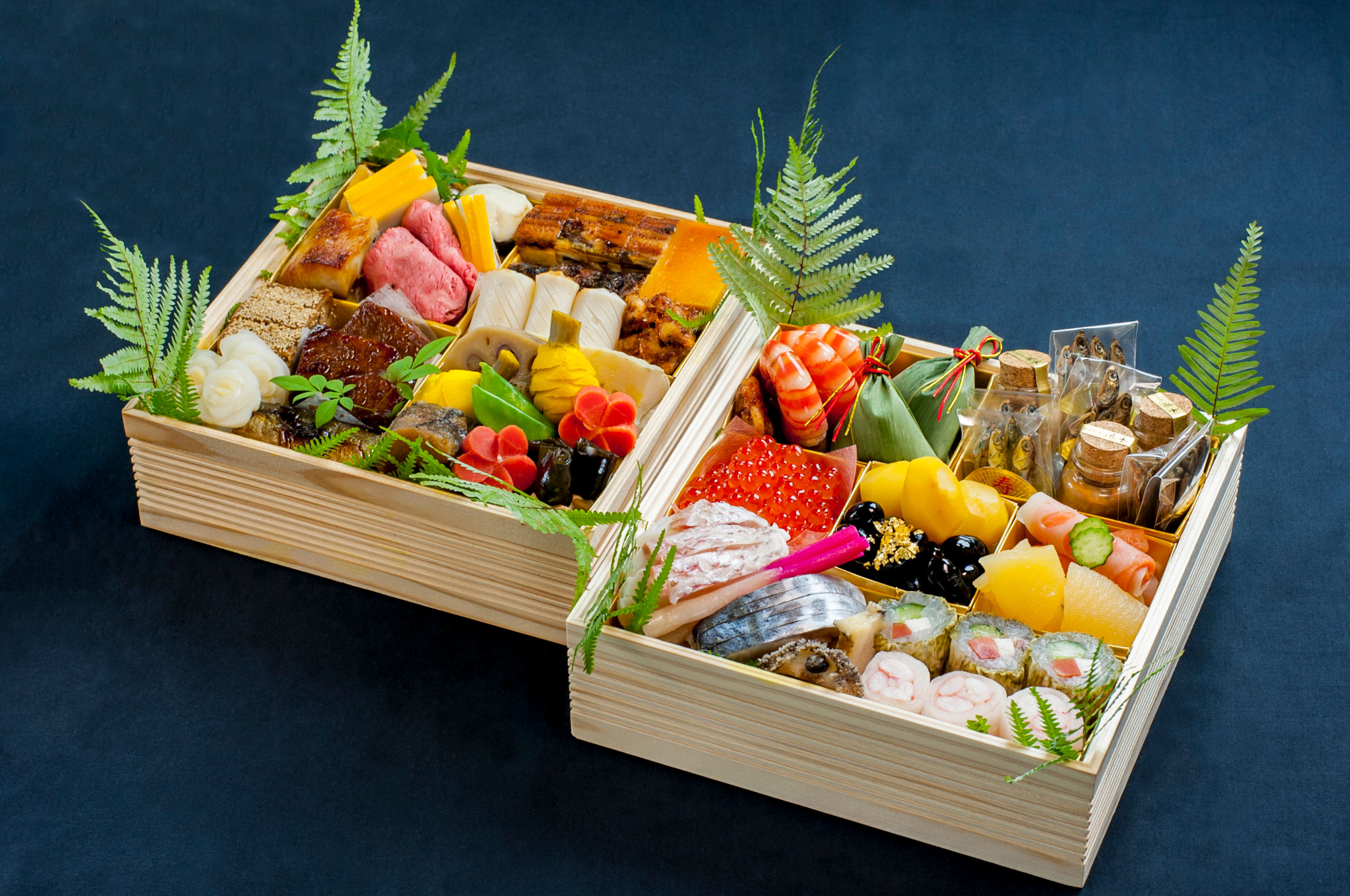

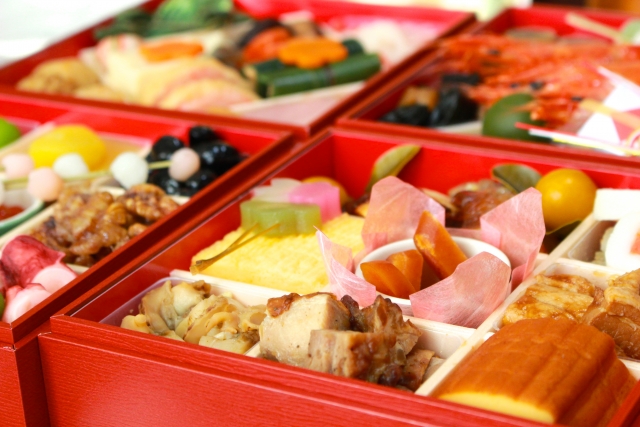
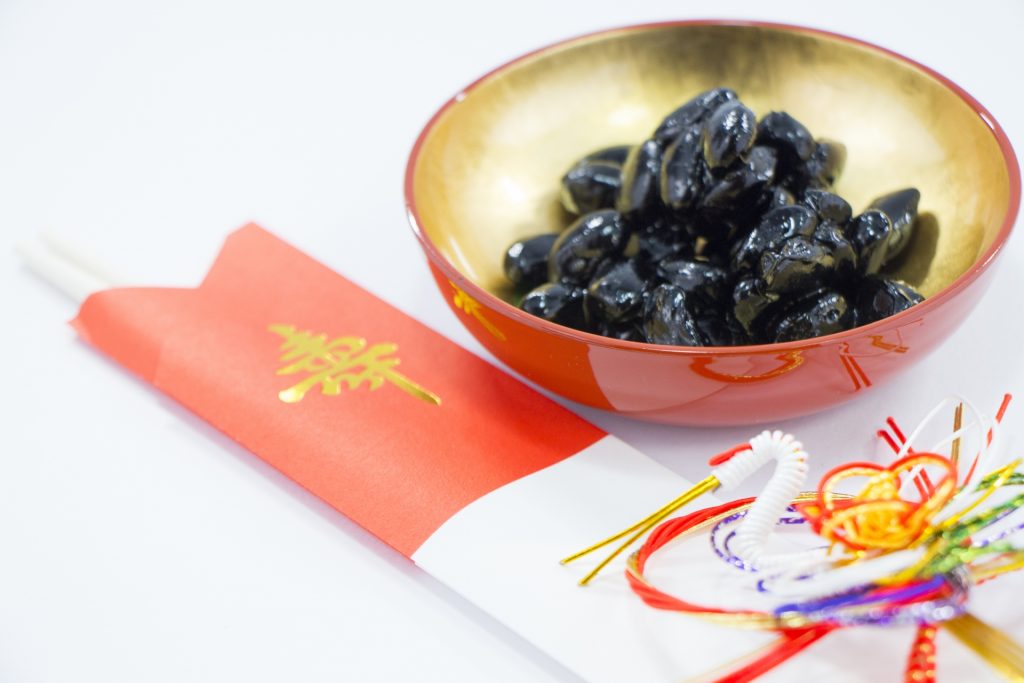
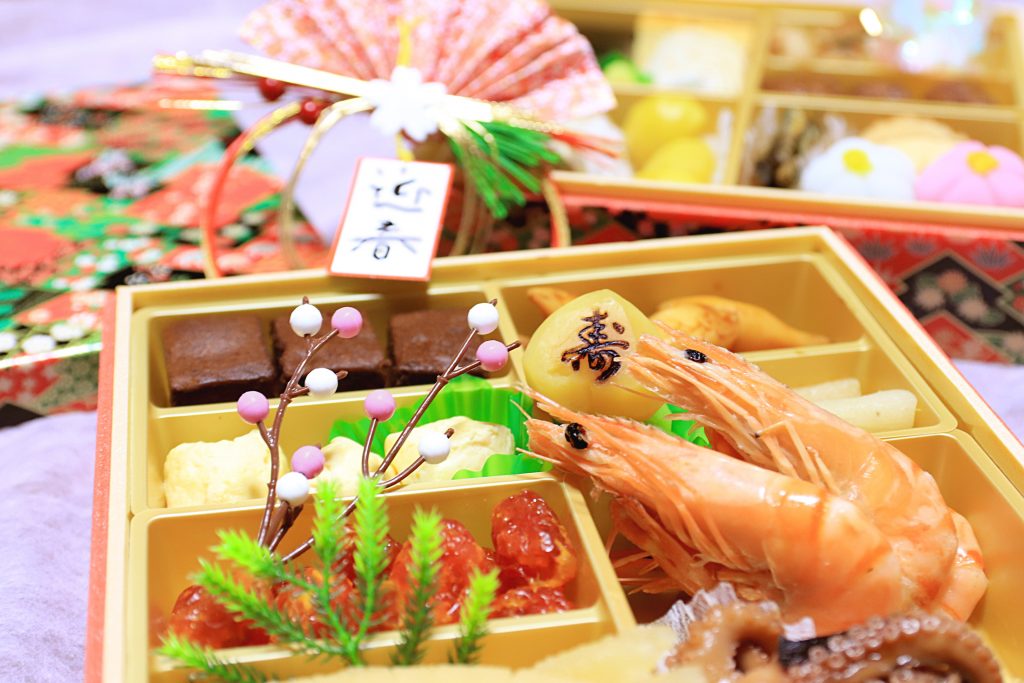
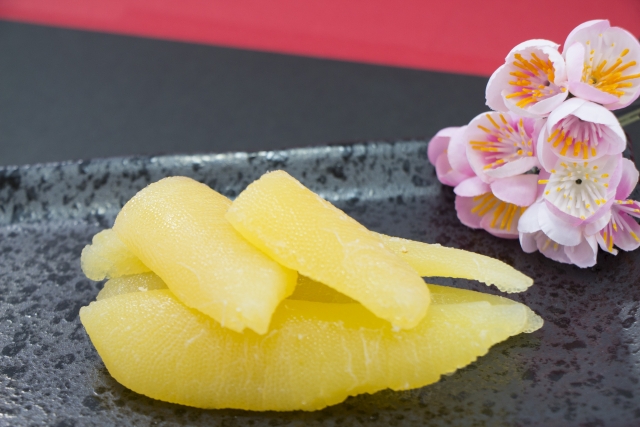
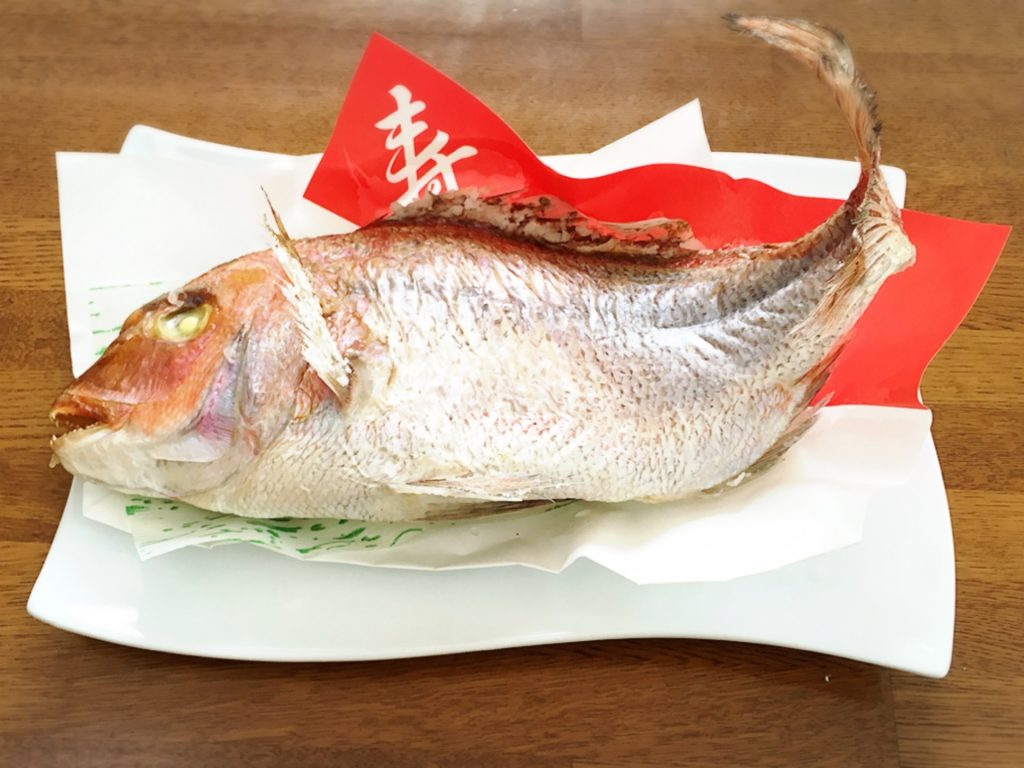
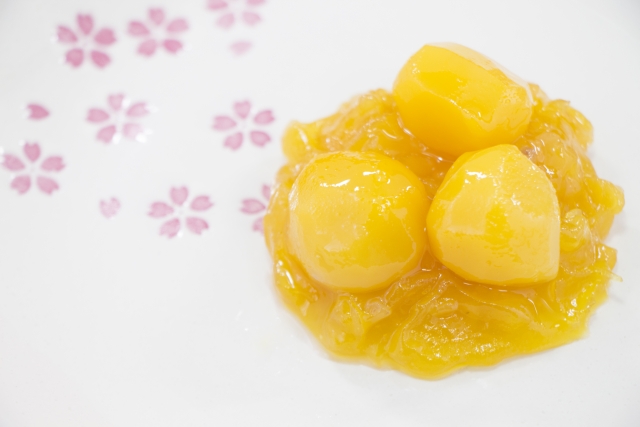

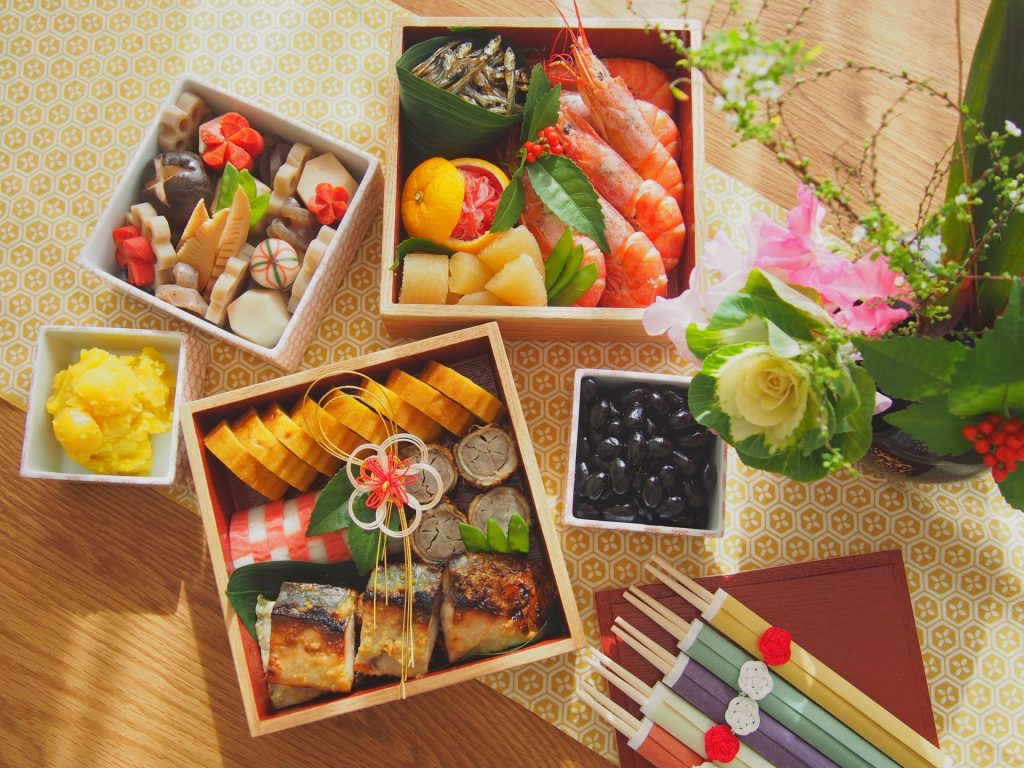


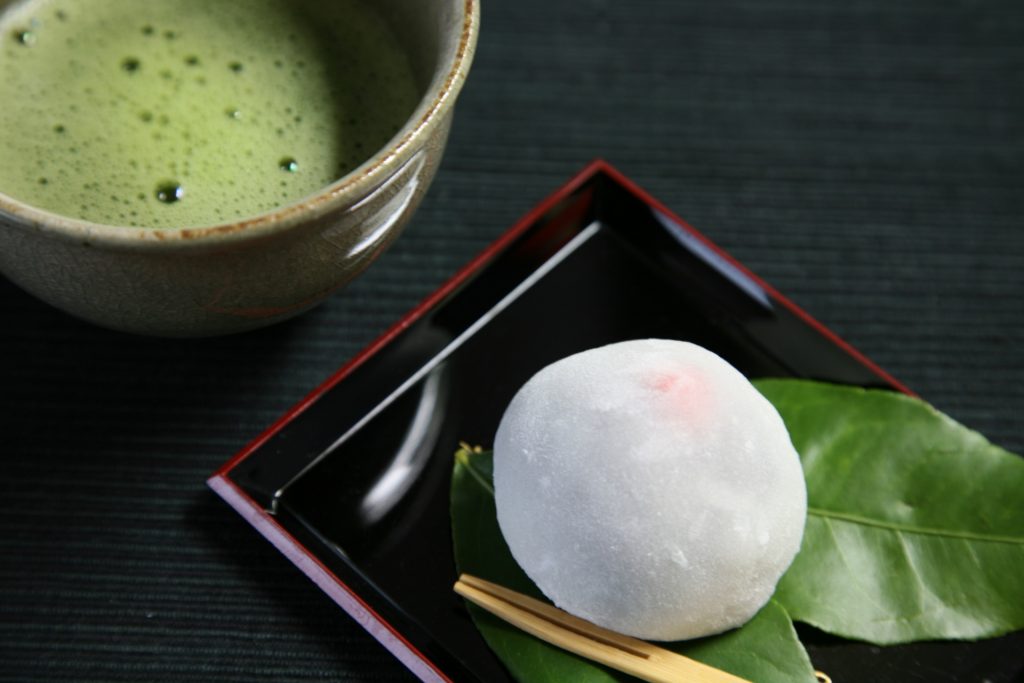

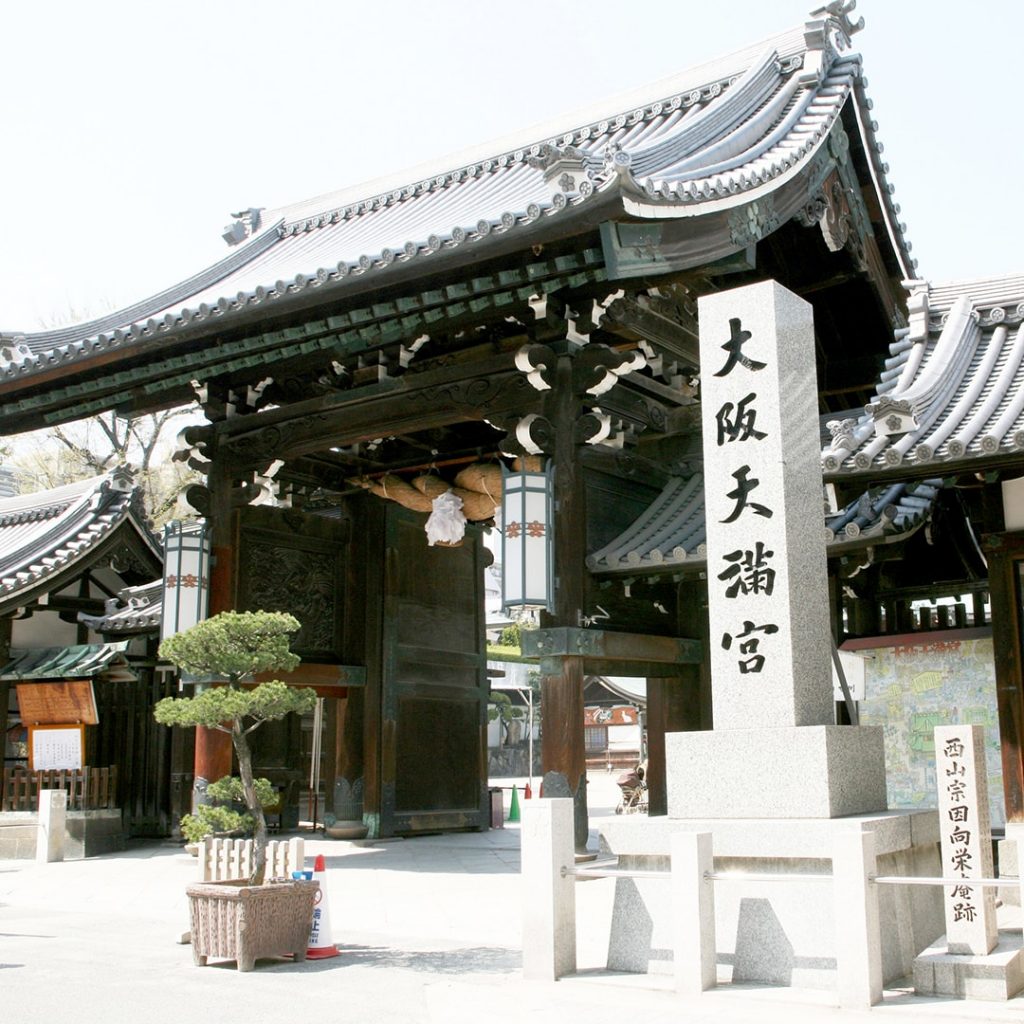
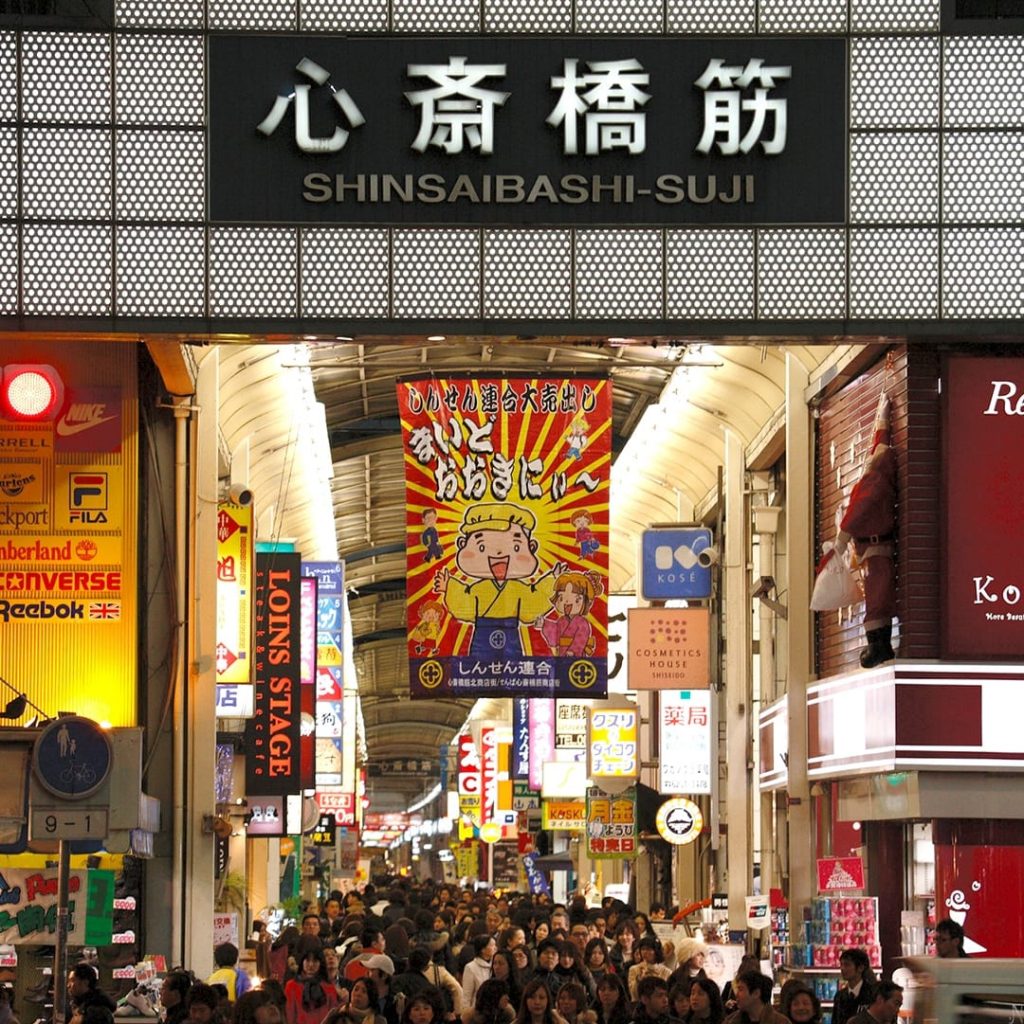
Originally from the Czech Republic, Suzanka is a Kansai based radio personality, MC, and consular officer. You will either find her endlessly talking on the stage, deep in discussion at the Honorary Consulate of the Czech Republic in Sakai, or just enjoying a rewarding sake at the local izakaya with a bunch of her international friends.